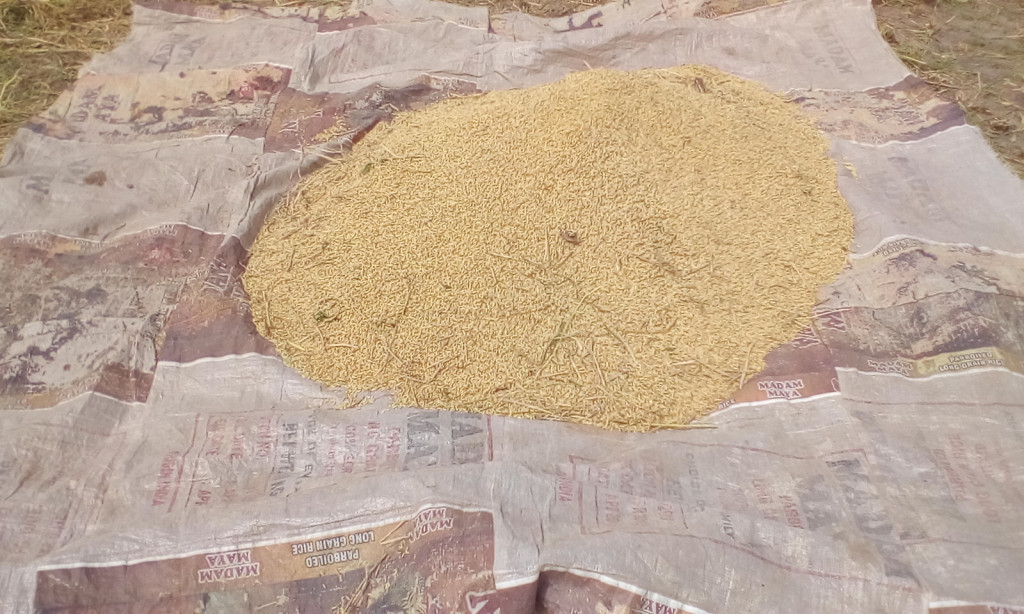Drying of winnowed paddy rice
Importance
Rice is usually harvested at a grain moisture content (TH) of between 24 and 26% (wet basis). Any delay in drying, incomplete drying or uneven drying will result in qualitative and quantitative losses during:
- Yellowing or discoloration caused by mold growth and heat build-up by breathing.
- Reduced grinding yields caused by high temperatures and rewetting of grain.
- Loss of germination and vigor of grain, mold and insect respiration, or exposure to grain at temperatures above 42ºC.
- Damage from insects that are more active at higher TH levels.
Recommandations
- Clean the beans before drying to prevent uneven drying and wet spots.
- Dry the rice immediately after harvest; Use TH at 18% if paddy is kept for up to two weeks.
- When drying for milling, maintain the MC at 14% so that the grain weight and grinding efficiency do not decrease.
- When storing grain for 8-12 months, dry grain up to 13% TH or less.
- For long-term storage (1 year or more, maintain TH at 9%).
- Do not mix the grains kept at different TH to avoid cracks.
- Always monitor grain and TH temperature to prevent grain from being exposed to excessive temperatures and over-drying.
Methods
Drying in the sun
It involves drying the paddy paddy rice for 2-3 days to reduce the moisture content of the rice; this is necessary for successful storage. To do this, we evenly distribute the paddy on tarpaulin or on a flat cemented area, stirring the whole time to time. The tarpaulin is more recommended because it is less expensive and movable. In any case, do not dry the paddy on the floor to avoid contact with the sand.

Drying on a tarpaulin
Advantages:
- Low cost
The inconvenients:
- Travail intensif et le contrôle de la température du grain est difficile
Additional information :
http://www.knowledgebank.irri.org/index.php?option=com_zoo&view=item&layout=item&Itemid=812